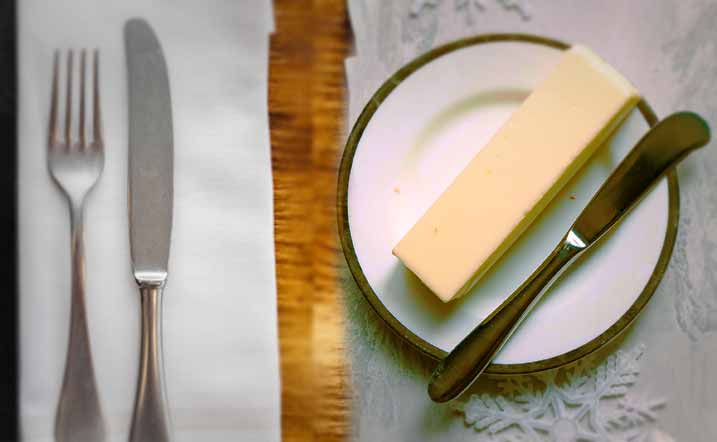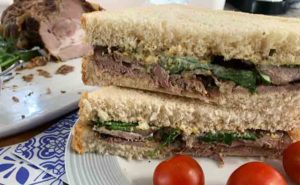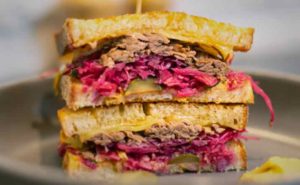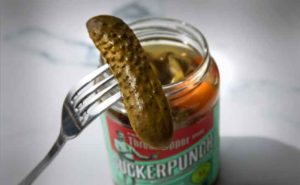This page may have Commerce Content. If you buy something from our posts, we may get a small share of the sale.

Dinner Knife vs Butter Knife - Side by Side Comparison
Find out which of these two very different knives will serve a dual purpose, and the other of which is only suited to the task as its name suggests. Dinner knife vs butter knife, is it as clear cut as you may think? Pun intended.
Blade Comparisons
Let’s take a look at the design of the butter knife first. There are two distinct styles of butter knife both with different roles to play in the serving of butter in a more formal table setting.
Master butter knife
The master butter knife is sabre shaped with a sharp pointed end and dull edge. This type of butter knife is found alongside pats of butter placed on a central dish as part of a formal table setting.
The master butter knife isn’t for spreading butter, only for serving pats of butter from the central butter dish. This ensures no bread crumbs are transferred over to the central butter dish.
The pointed tip of the master butter knife is used to gently pierce a single pat of butter and thus place onto one’s own bread plate or trencher to give the plate it’s formal name.
Butter Spreader
With the pat of butter now transferred to the bread plate, the individual butter spreader with its rounded end is used to spread the butter evenly onto the bread.
The reason the butter spreader has a rounded end as opposed to a pointed tip is to avoid tearing the bread while spreading the butter generously onto your bread.
Dinner Knife
Also commonly known as a table knife, the blade of this knife is moderately sharp to allow the cutting of cooked foods such as tender meats and vegetables.
For the cutting of red meats such as steak, a serrated edged blade is more suited and this type of knife as the task of cutting suggests is called a steak knife.
Now this is where the dinner knife has an advantage over the butter knife. If you don’t have a butter knife set to hand at your table, a dinner knife or table knife as it’s also known will spread butter with reasonable ease onto bread.
Physical Sizes of The Knives
Over the years this has become a standard uniforminvity when it comes to dinner knives. There are two common sizes of dinner knives to be found today.
The continental-size (or European sized knife) is approximately 9 3/4 inches long, including the handle and blade length,
The North American sized dinner knife or place size dinner knife is typically 9 1/4 inches long from the tip of the blade to the end of the handle.
Butter knife sizes
When it comes to the butter knife and in particular the butter spreader, the sizes are less typical. But generally speaking a good spreader will have a blade length of around 3 to 5 inches. Handles may vary in size according to design.
Final Thoughts
Almost every household has a classic dining set containing dinner knives as part of cutlery for day to day serving and eating at the table.
Far less common is the butter knife. Personally I think we’re missing out here as the butter knife will make the task of spreading butter, onto say, a slice of tasty ciabatta or French stick more of an occasion.
Sure, the dinner knife will spread butter onto your chosen bread, but let’s bring the butter knife back into vogue and add them to our cutlery set. Making the spreading of butter even more of a joy while eating with friends and family.
Popular Posts






